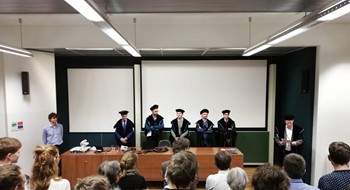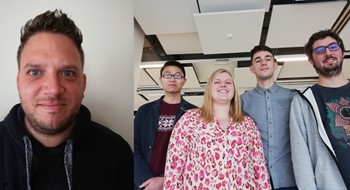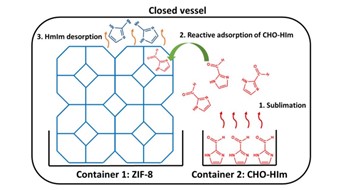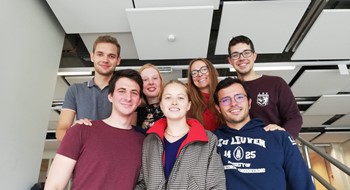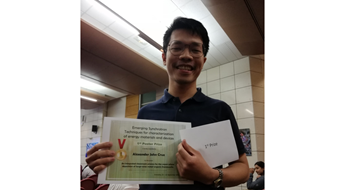This year, seven brilliant and dynamic M. Sc. students from the Faculty of Bioscience Engineering join the group for their master thesis projects.
(top, L-R) Jochen, Emilie, Laura, Jonas, (bottom, L-R), Jorid, Margot, and Dieter will be working on different projects on new deposition technologies for metal-organic framework thin films and their applications in gas sensing and membrane technologies, as well as 3D-printed platforms for catalysis and point-of-care diagnostics.
We are so enthused to welcome our biggest batch of students (so far!) and we are looking forward to having fun in the lab (and in the cleanroom) with these kiddos!
